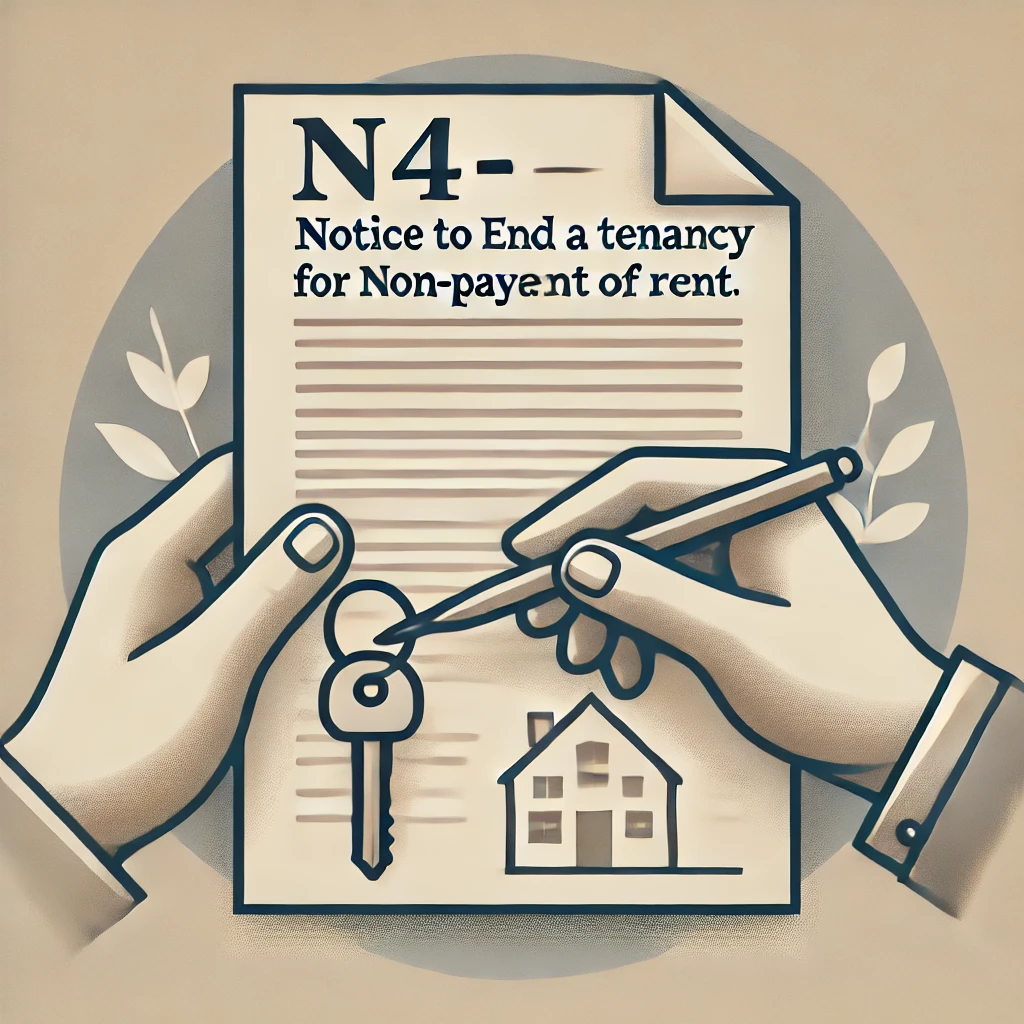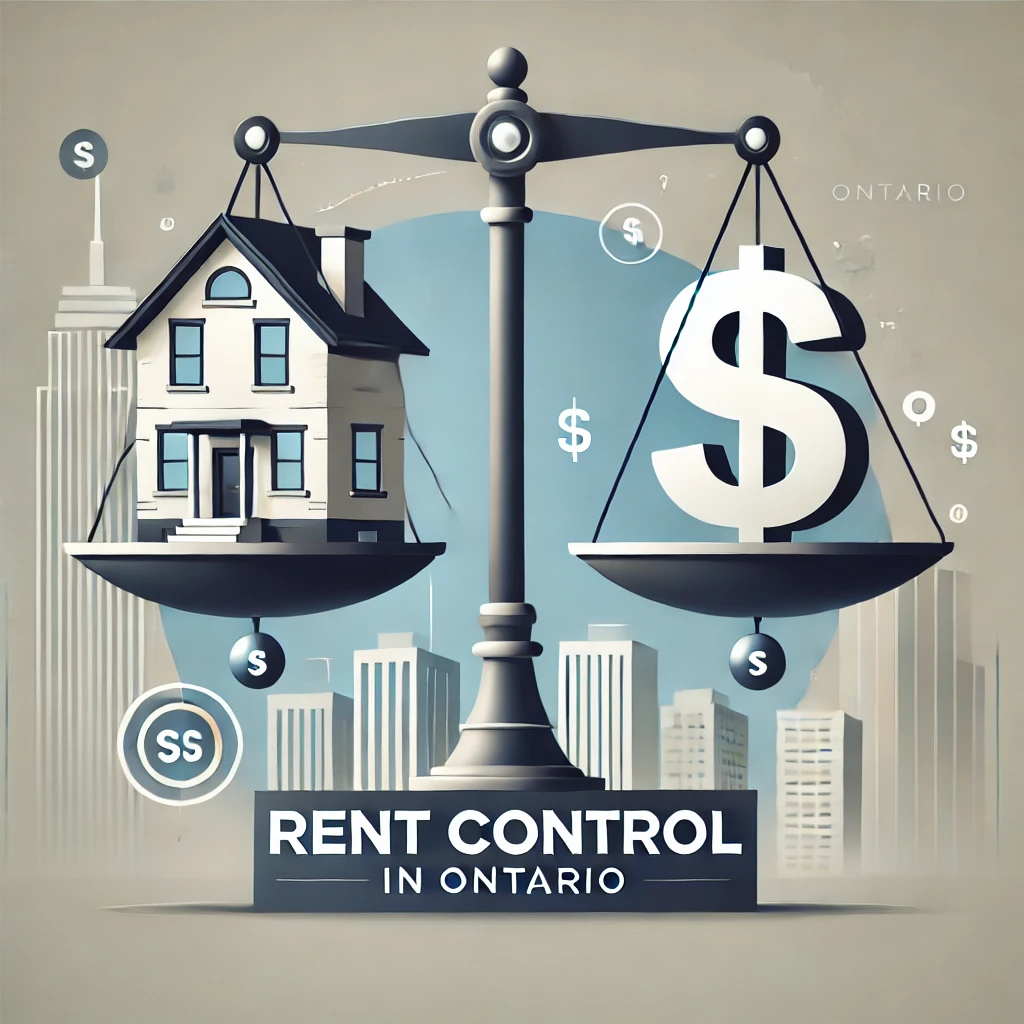In Ontario, the Landlord and Tenant Board (LTB) is used to resolve issues between landlords and tenants.
As a landlord, there are several key forms you should understand and frequently use. Let’s go over a few of them:
N1 – Notice of Rent Increase
You can raise rent by sending this notice to tenants by mail or email at least 90 days before the end of the lease term. Each year, Ontario releases a Rent Increase Guideline, which you should reference. For 2024, the guideline is 2.5%.
If the property was built on or after November 15, 2018, this guideline does not apply, meaning landlords can raise rent without adhering to the capped percentage.
If you’ve invested in renovations or upgrades to improve the property and enhance tenants’ living experience, you may be able to raise the rent above the guideline. For details, consult the LTB guidelines regarding these exceptions.
N11 – Agreement to End the Tenancy
If a tenant decides to move out, it’s highly recommended to get an N11 form signed. This form serves as a record of agreement between the landlord and tenant, helping to prevent potential disputes later.
Once the tenant signs the N11, they are obligated to vacate the property by the agreed date, removing all personal belongings. If they leave items behind, ownership of these items is automatically transferred to the landlord.
N12 – Notice to End Your Tenancy Because the Landlord, a Purchaser, or a Family Member Requires the Rental Unit
This is one of the most straightforward and powerful forms to use when you need a tenant to vacate.
If you or a close family member (e.g., parents, children, spouse) need the property for personal use, you can issue an N12 notice. The tenant must receive this notice at least 60 days in advance.
Additionally, if the 60-day period ends mid-month, you must allow the tenant to stay until the end of that month.
Landlords are required to either pay the tenant one month’s rent or help them find alternative accommodation. The most convenient option is to pay one month’s rent.
If the tenant refuses to vacate after the 60-day period, landlords can file for eviction through the LTB. However, be prepared for delays—processing times in Toronto can range from 6 to 12 months.
N13 – Notice to End Your Tenancy Because the Landlord Wants to Demolish the Rental Unit, Repair it, or Convert it to Another Use
This form is used when major renovations or demolition is required, and tenants need to vacate the property.
While it’s important to treat long-term tenants well, you can issue an N13 notice if you plan to undertake significant repairs, move into the property yourself, or raise rent after renovations.
If the tenant needs to vacate due to repairs, they have the right to return to the unit after the work is completed. In this case, the tenant must provide updated contact information to the landlord and express their intent to return.
If the repairs are expected to last less than four months, landlords can seek new tenants for a one-year lease.
Lastly, if you have reliable tenants, maintaining a good relationship and fostering long-term cooperation can be beneficial. However, not all tenants are responsible, and there are cases of tenants refusing to pay rent. To help, REOCA is here to connect you with trustworthy tenants.






